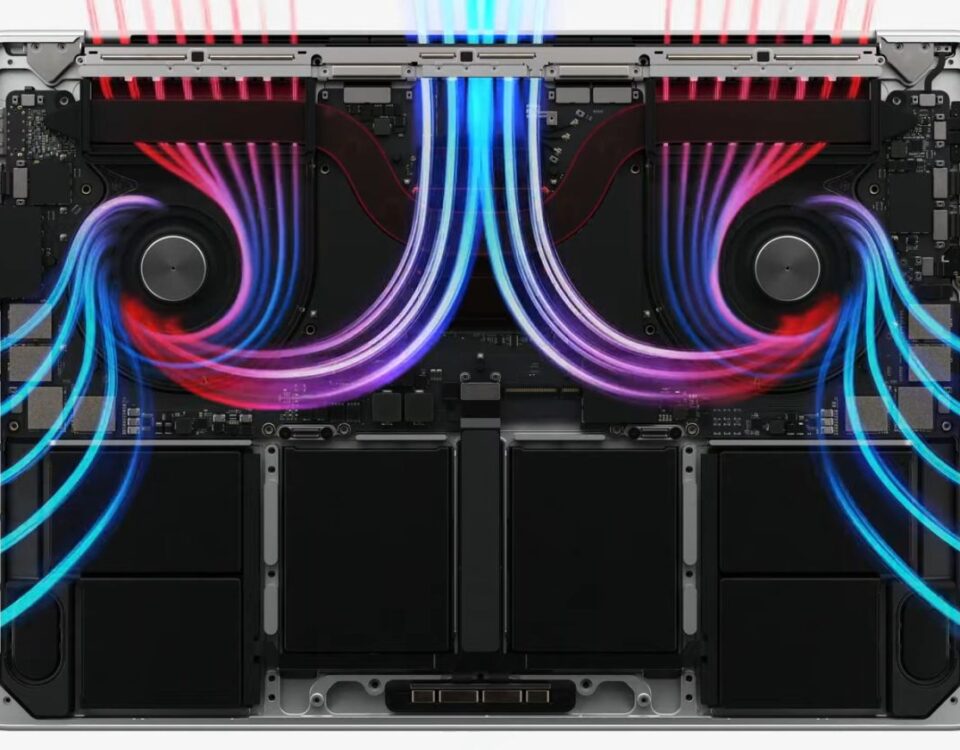Windows 10 and 11 come with a handy Credential Manager that allows users to manage their passwords and login information directly on their PCs, which isn’t widely known.
In this article, we’ll discuss the Credential Manager, its types, how to access it and manage your password, and everything else it offers. Let’s begin.
What Is the Credential Manager in Windows?
As its name implies, Credential Manager is a password manager built into the Windows operating system. It allows users to store login information of websites, apps, and networks, and you can tweak the saved information anytime.
This feature was first introduced in Windows 7 and added to the next version of Windows. Windows 10 and 11 come with this feature, and it’s nearly the same in both operating systems. Hence, you’ll find this article helpful no matter which operating system you use.
How to Access the Credential Manager in Windows
There are many ways to access Credential Manager, just like any other Windows feature. Here are the two most straightforward ways:
1. How to Access the Credential Manager From the Control Panel
Follow the below steps to access Credential Manager from Control Panel:
- Open the Control Panel by typing “Control Panel” into Windows Search.
- From the “View by” dropdown menu in the top-right corner, select any option other than “Category.”
- Click on Credential Manager.
2. How to Use Windows Search to Access the Credential Manager
You can also access the Credential Manager directly from the Windows Search. To open it with Windows Search, follow these steps:
- In the Windows Search, type “Credential Manager.”
- Click the feature in the results to open it.
If Windows Search cannot retrieve the search results for Credential Manager, you should try the first method.
The Types of Credentials Credential Manager Can Save
The built-in Credential Manager in Windows can save two types of credentials: Web Credentials and Windows Credentials. Let’s explore what information each credential saves and how you can manage your passwords for each category.
1. Web Credentials
The Web Credentials store login information for portals and websites you connect to through Microsoft products, such as Internet Explorer and Microsoft Edge. By saving, you won’t have to enter usernames and passwords again for websites. Instead, they will automatically fill in.
To view the saved credentials, click on Web Credentials in Credential Manager. After clicking on any saved credential, you will see the stored information, including username, password, website URL, and which Microsoft product saved the password.
Click on Show and verify your identity to check the saved password. To permanently remove any credential, click on Remove.
2. Windows Credentials
Unlike Web Credentials, Windows Credentials are used only by Windows and its services to store login information. If Windows Credentials are set up correctly, accessing shared folders on any computer on the same network is a breeze. This is especially useful for individuals and teams working on a shared network.
If you’d like to create a new Windows Credential, follow the below steps:
- Go to the Credential Manager in the Control Panel.
- Click on Add a Windows credential.
- Enter the Internet or network address along with the Username and Password, and click OK.
Similarly, to tweak or permanently delete a saved credential, open the credential and click the Edit or Remove button.
Along with Windows Credentials, you’ll find two other categories; Certificate-Based Credentials and Generic Credentials. While the Generic Credentials store login information for Windows and third-party apps like Grammarly, the Certificate-Based Credentials are less likely to be used unless you work in a complex network environment.
The Main Differences in Accessing Windows Credentials and Web Credentials
In terms of managing your saved Windows and Web credentials, there are two main differences:
- You can manually add new Windows, Certificate-Based and Generic Credentials in the Credential Manager, but not new Web Credentials.
- You can edit or remove Windows Credentials and credentials in the other two categories, but you cannot edit Web Credentials manually. However, as with Windows Credentials, you can also remove Web Credentials.
How to Backup and Restore Windows Credentials in the Credential Manager App
You can also back up your saved credentials in Credential Manager and restore them later when a mishap occurs. Follow the below steps to back up your Windows Credentials:
- Open the Credential Manager feature.
- Select Windows Credentials.
- Click on the Back up Credentials link.
- Choose the destination location to save the backup by clicking on Browse.
- Click Next after adding the location.
- Once that’s done, press CTRL+ALT+Delete and enter a password to password-protect your backup.
- Click Next, then Finish.
Follow the below steps to restore the backup:
- Open the Credential Manager feature.
- Select Windows Credentials.
- Click on the Restore Credentials link.
- Select Browse and specify the location to retrieve your backup.
- Click Next once the backup file has been selected.
- Press CTRL+ALT+Delete and enter the password you set when creating the backup.
- Then click Next and Finish.
Note: Any changes you make to the credential manager won’t be automatically backed up. Instead, you will need to create a manual backup.
The Downsides of Credential Manager
Credential Manager allows Windows users to save login information for sites, apps, and networks. However, since it is a native feature, anyone with administrative access can access your saved credentials. They could be family members or friends with whom you share a computer or an experienced hacker who has had success in his hacking campaign.
The bottom line is that even a small loophole in your system security can expose your saved passwords. If that’s a concern for you, don’t save sensitive passwords in Windows Credential Manager.
Get the Most Out of the Windows Credential Manager
Now that you know how Windows Credential Manager works, you can take advantage of the built-in password manager in Windows. Even though it’s a helpful feature, you must consider the security risks it poses.
Despite being a handy password manager, Windows Credential Manager doesn’t meet all the criteria to qualify as an excellent alternative to third-party password managers. Thus, if you want to benefit from multi-platform support, ease of use, and advanced encryption and security, you should consider using a third-party password manager.



















